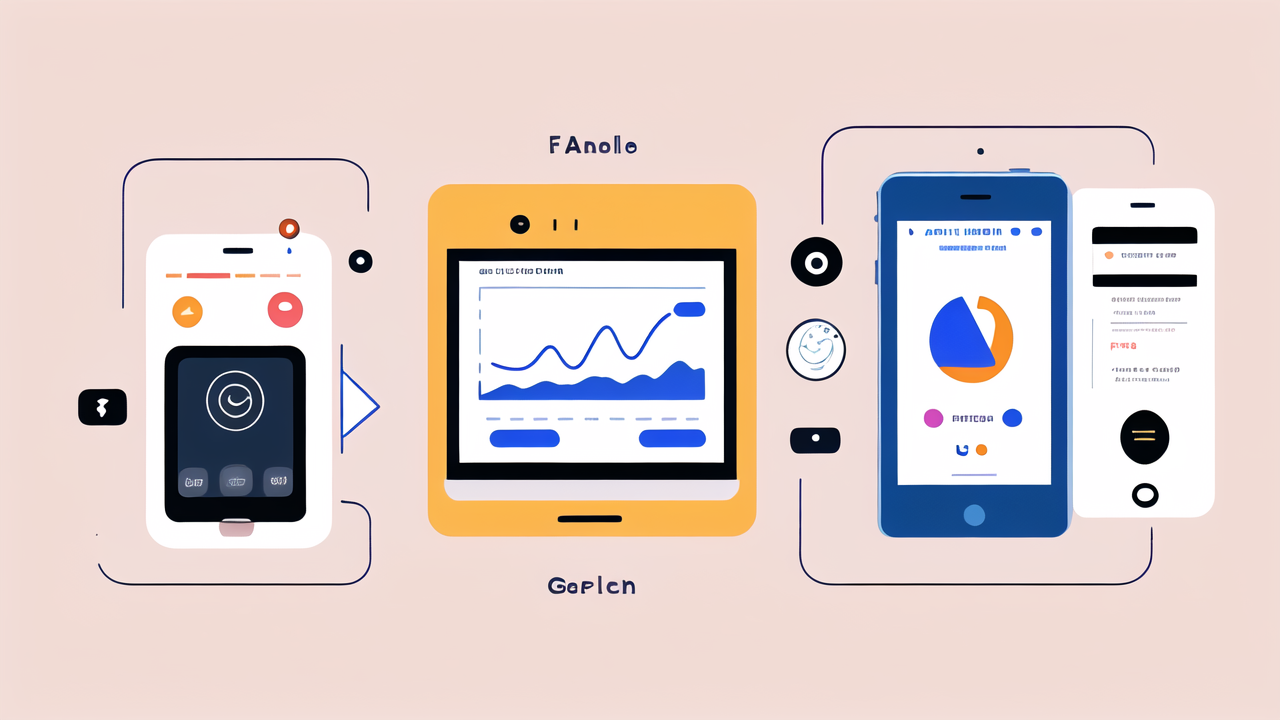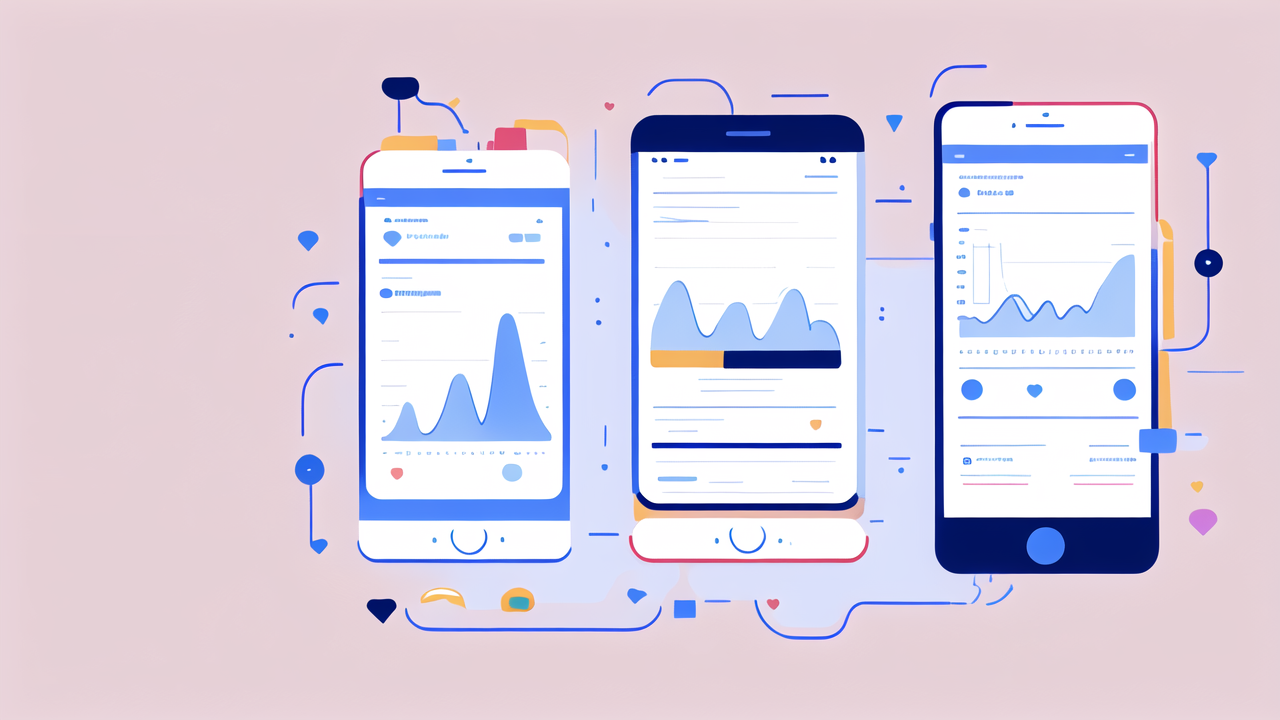The History of Pulse Watches and Their Impact on Fitness Regimes
The Advent of Wearable Fitness Technology in the United States
The journey of wearable fitness tech in the US began in the late 1970s. Pulse watches were among the first devices to hit the market. They offered a simple way to track heart rate during exercise.

These early models were bulky and often inaccurate. But they sparked a revolution in personal fitness tracking. For the first time, everyday people could monitor their heart rate without medical equipment.
The concept quickly caught on among fitness enthusiasts. It opened up new ways to optimize workouts and track progress. This laid the groundwork for the wearable tech boom we see today.
Key Milestones in Pulse Watch Development
The evolution of pulse watches has been marked by several key milestones:
- 1977: The first wireless heart rate monitor is introduced
- 1983: Polar launches the Sport Tester PE2000, the first wearable ECG device
- 1995: Garmin enters the market with GPS-enabled devices
- 2007: Fitbit is founded, bringing activity tracking to the masses
- 2015: Apple releases the Apple Watch, integrating heart rate monitoring with smartwatch features
Each of these steps brought new features and improved accuracy. They transformed pulse watches from simple heart rate monitors to complex fitness trackers.
The Role of Pulse Watches in Shaping Modern Fitness Practices
Pulse watches have greatly influenced how we approach fitness. They've made heart rate training accessible to everyone, not just elite athletes.
These devices have encouraged people to exercise more mindfully. Users can now target specific heart rate zones for optimal results. This has led to more efficient workouts and better overall fitness outcomes.
Pulse watches have also fostered a data-driven approach to fitness. They allow users to track progress over time and set measurable goals. This has made fitness more engaging and motivating for many people.
Analyzing the Current State of the Wearable Tech Market
The Demand for Advanced Metrics in Health and Wellness
Today's consumers want more than just heart rate data. They're looking for devices that can track a wide range of health metrics. This includes:

- Sleep quality and duration
- Stress levels
- Blood oxygen levels
- Body temperature
- Calorie burn
- Step count and distance traveled
The demand for these advanced metrics is driving innovation in the wearable tech industry. Companies are constantly developing new sensors and algorithms to provide more accurate and diverse data.
This trend reflects a broader shift towards proactive health management. People are using wearable tech to spot potential health issues early and make lifestyle changes.
Leading Brands and Their Market Strategies
The wearable tech market is dominated by a few key players:
- Apple: Focuses on seamless integration with its ecosystem and health features
- Fitbit: Emphasizes accessibility and social features to encourage user engagement
- Garmin: Targets serious athletes with advanced training features and rugged designs
- Samsung: Offers a wide range of devices to cater to different user needs
- Xiaomi: Provides budget-friendly options with competitive features
These brands are competing on several fronts:
- Feature set and sensor accuracy
- Battery life and charging convenience
- Design and comfort
- Integration with other apps and services
- Price point and value for money
The market is highly competitive, driving rapid innovation and improvement in wearable tech.
The Role of Artificial Intelligence and Machine Learning
AI and machine learning are revolutionizing wearable tech. These technologies are improving data accuracy and providing more personalized insights.
AI algorithms can analyze patterns in user data to offer tailored health advice. They can predict potential health issues based on subtle changes in metrics.
Machine learning is also making devices more intuitive to use. It can automatically detect different types of activities and adjust tracking accordingly.
As these technologies advance, wearables are becoming more like personal health assistants. They can offer real-time guidance and alerts based on individual health data.
The Future of Wearable Technology in Health and Wellness
Innovations on the Horizon for Pulse Watches
The future of pulse watches and wearable tech is exciting. Some upcoming innovations include:

- Non-invasive glucose monitoring for diabetics
- Continuous blood pressure tracking
- Improved ECG capabilities for detecting heart irregularities
- Sweat analysis for hydration and electrolyte balance
- Advanced sleep tracking with detailed sleep stage analysis
These features will make wearables even more valuable for health monitoring. They could potentially play a role in early disease detection and prevention.
We may also see more specialized devices for specific health conditions. These could help manage chronic diseases or assist in rehabilitation.
Regulatory Considerations in the Wearable Tech Industry
As wearables become more advanced, they face increasing regulatory scrutiny. The FDA and other agencies are working to establish guidelines for these devices.
Key regulatory concerns include:
- Data accuracy and reliability
- Privacy and security of health data
- Claims about health benefits and disease detection
- Integration with medical devices and healthcare systems
Companies must navigate these regulations carefully. They need to balance innovation with compliance to ensure their devices are safe and effective.
The Integration of Wearable Devices with Healthcare Systems
Wearables are increasingly being integrated into healthcare systems. This trend has several potential benefits:
- Continuous health monitoring between doctor visits
- Early detection of health issues
- More personalized treatment plans based on individual data
- Improved patient engagement in their own health
However, this integration also faces challenges:
- Ensuring data accuracy and reliability
- Protecting patient privacy and data security
- Training healthcare providers to interpret and use wearable data
- Developing standards for data sharing between devices and healthcare systems
As these challenges are addressed, wearables could become a crucial tool in preventive healthcare. They have the potential to transform how we approach health and wellness.




Leave a comment
This site is protected by hCaptcha and the hCaptcha Privacy Policy and Terms of Service apply.